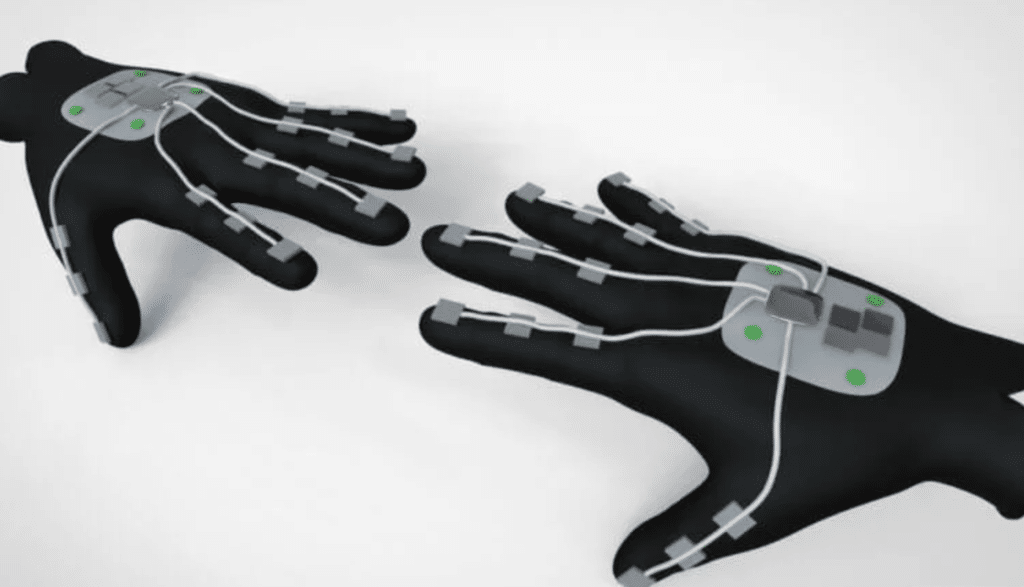To understand how much something is dear to us, we need to lose it. Since last fall, none of the Apple devices has responded differently to touch depending on its intensity. The first to acquire this ability was the Apple Watch; this ingenious decision was vital for them. And they were the last to lose it. While Apple was persistently trying to accustom us to Force Touch, we refused to understand it, and we saw no point in it (not all, but most). And now – Force Touch support has been removed from watchOS 7. Officially, definitively and irrevocably. 3D Touch, a variation of Force Touch, is also not supported on iOS, from the 13th version. On devices capable of sensing pressure, the corresponding modules are locked. And yet, there is hope for the return of Force Touch.
Table of Contents
What is Haptic Touch
Haptic Touch, the technology that replaces Force Touch, works very differently. Haptic Touch distinguishes between press duration, and it is far from the same. But for its implementation, special iron is not required; because of it, it is not necessary to increase the strength of the devices; therefore, it is cheaper and simpler.
But does this mean that Apple has forgotten about Force Touch? Not. Moreover, Apple has been developing mysterious gloves for 10 years, capable of working with pressure sensing.
Apple smart gloves
This is one of the many sequels to the cyber gloves project that Apple has been doing since 2011. In 2011, its existence was first confirmed officially and documented – Apple received the first patent dedicated to them. We never saw the gloves themselves, but we use many of what was mentioned in passing and, as it were, between the lines in the continuation of this patent.
In the patent application, Apple’s, published on March 4 this year, described the intensity of pressing the detection method’s surface using ultrasonic waves. To do this, it is enough to put on special gloves on your hands (or on your hand) – and the touch will be recorded, the touch force is calculated, and the software of the device paired with these gloves will be able to interpret it correctly. This is the same Force Touch or 3D Touch at any point in space, without overvoltage of the display, loads on the device case, wear and tear of structural elements.
How much can such gloves cost, and when will they go on sale? Apple-style answer: you don’t need to know about it. When reading the patent application, one gets the impression that the gloves were used for nothing more than an illustration. The description of the invention ends with the following statement:
To obtain the same effect, rings, thimbles or other objects can be used, glued or fixed in some other way on the user’s fingers.
In fact, apparently, there are no Apple gloves and never have been. The company uses them to describe the device technologies related to recognising the pressure on the screen. But I hardly ever planned to release such a device.
Just in case: this is just a patent application. On behalf and at the expense of Apple, eight authors sent it to the US Patent and Trademark Office (USPTO) on August 19, 2020, and published it on March 4, 2021, by the USPTO. It’s never Apple’s promise ever to release a device using this method. It’s a pity that inventions are just as attractive at first sight, which I would like to try on myself and use every day – one in a million.
Why did Apple remove Force Touch?
Apple advertised Force Touch and 3D Touch stubbornly, intrusively and persistently – but somehow, it was not because these technologies were appreciated only by people with a certain mindset. The entire multi-million dollar budget for promoting all types of Touch has been wasted and meaningless. However, Force / 3D Touch cannot be called a failure either. From the first Apple Watch to the Apple Watch Series 5, Force Touch-enabled their tiny displays to initiate unexpectedly complex actions in incredibly compact devices – easy and simple. And in their other areas of application, they were at their best; they just did not know about them, they did not understand, and they did not even try to master them.
The problem with Force Touch is not that it was not Apple who first thought of turning the intensity of touch into another touch interface dimension. And in 2015, when the Apple Watch and MacBook began selling Force Touch, the Immersion Corporation accused Apple of infringing its copyright, protected by three patents. The court found the accusation fair, and the case did not come to a court verdict. In January 2018, Apple and Immersion resolved the issue without saying how. In July 2018, the Immersion Corporation accused Apple of infringing its copyright, protected by four more patents – and it was after this that Apple gradually and carefully began to abandon Force Touch and 3D Touch. The Immersion Corporation, by the way, in 2018, had only 64 employees.
